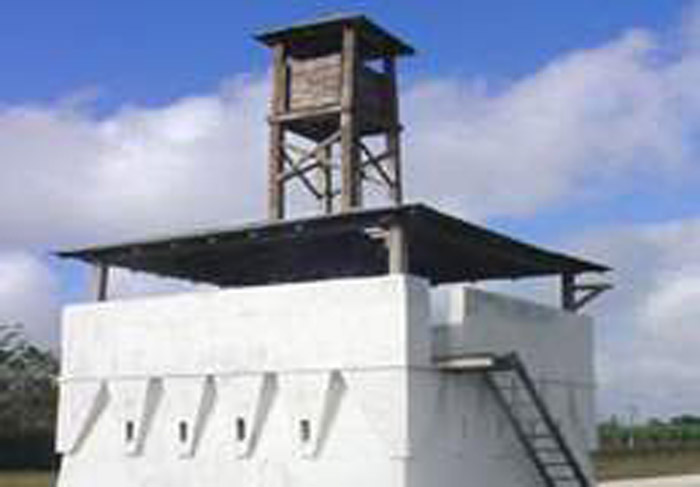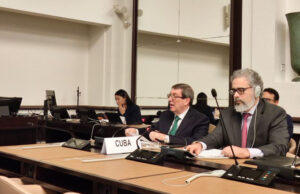147 years ago, on January 6, 1875, forces led by General Máximo Gómez crossed the Trocha from Júcaro to Morón, in Camagüey, without the astonished guardians of the Spanish fortifications being able to do anything against the Cuban column that, with the flag unfurled, advanced towards Las Villas.
That day the dreams of the great Dominican, who from the beginning of the Ten Years’ War defended the invasion strategy that he proposed on several occasions, but due to insufficient resources, problems of internal divisions and other negative factors, could not be carried out beforehand, were fulfilled.
Gómez was very clear that it was essential that the insurrection, consolidated fundamentally in the East and Camagüey, be extended to Las Villas and to the provinces of Matanzas, Havana and Pinar del Río, economic zones that provided the most important resources for the production of sugar and other products that financed the military operations of Spain.
The Hispanic command in Havana was very clear about what was at stake with the spread of the flame of war throughout the country and from the beginning of the conflict, the then Captain General Blas Villate y de la Hera, Count of Balmaceda, conceived the construction of a military trail from the port of Júcaro, on the south coast, to the town of Morón, on the north coast of Puerto Príncipe, to isolate the Liberation Army mainly to the east.
With that purpose, in 1872, the construction of the trail began in a line that crossed the island in one of the narrowest parts and plains of 60 kilometers from Júcaro to Morón, with 17 forts and 16 fortresses and a garrison of five thousand men, in addition to a modern armament and 10 pieces of artillery that moved along the fortification by a railroad.
In this way, the troops were quickly moved from one place to another to repel frontally the crossing attempts of the Mambí army and even surround them to liquidate them or make them flee towards the eastern region, where they would be confronted by other large colonialist contingents.
But while the forts were being built and the trenches were being dug, the scouts of the Liberation Army were establishing the vulnerable points and the passages through which they could escape from the vigilance of the enemy troops, who had modern lighting systems and ambush sites.
In 1873, after the death of Ignacio Agramonte, Máximo Gómez became head of the Third Army Corps and of the Department of Camagüey and Las Villas and began an uninterrupted offensive in which he fought dozens of victorious battles in the Camagüey plains, as well as in Las Tunas and since then the trail was systematically circumvented by emissaries and small Cuban contingents in both directions.
That favorable situation was also present in the cold day of January 6, 1875, and Gómez with a force of more than a thousand infantry and cavalry crossed the Trocha from Júcaro to Morón and turned the center of the country -Las Villas, the region of Cienfuegos and part of Matanzas- into a battlefield. He also burned without contemplation the sugar cane fields and productive centers in towns that contributed to the colonialist cause.
But in spite of the fighting determination of the Generalissimo, the Lieutenant General Antonio Maceo and other chiefs coming from the humblest layers of the society, the tendency in favor of the capitulation promoted by the Spanish agents and traitors took force and it would culminate with the humiliating peace of the Zanjon with which the War of the Ten Years ended in 1878.
The experience of extending the conflagration, by crossing the Trocha from Júcaro to Morón, proved valuable years later when Gómez and Maceo repeated the feat during the Necessary War in 1895.




